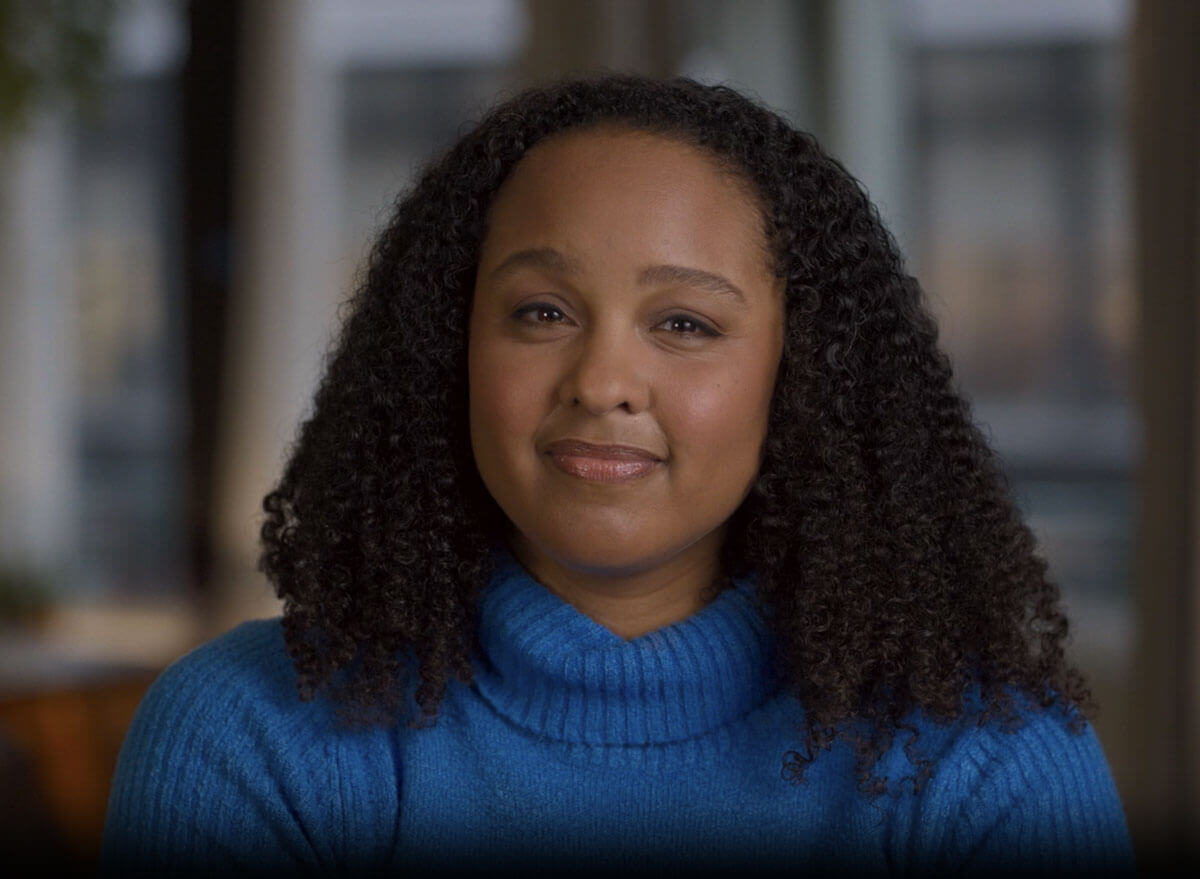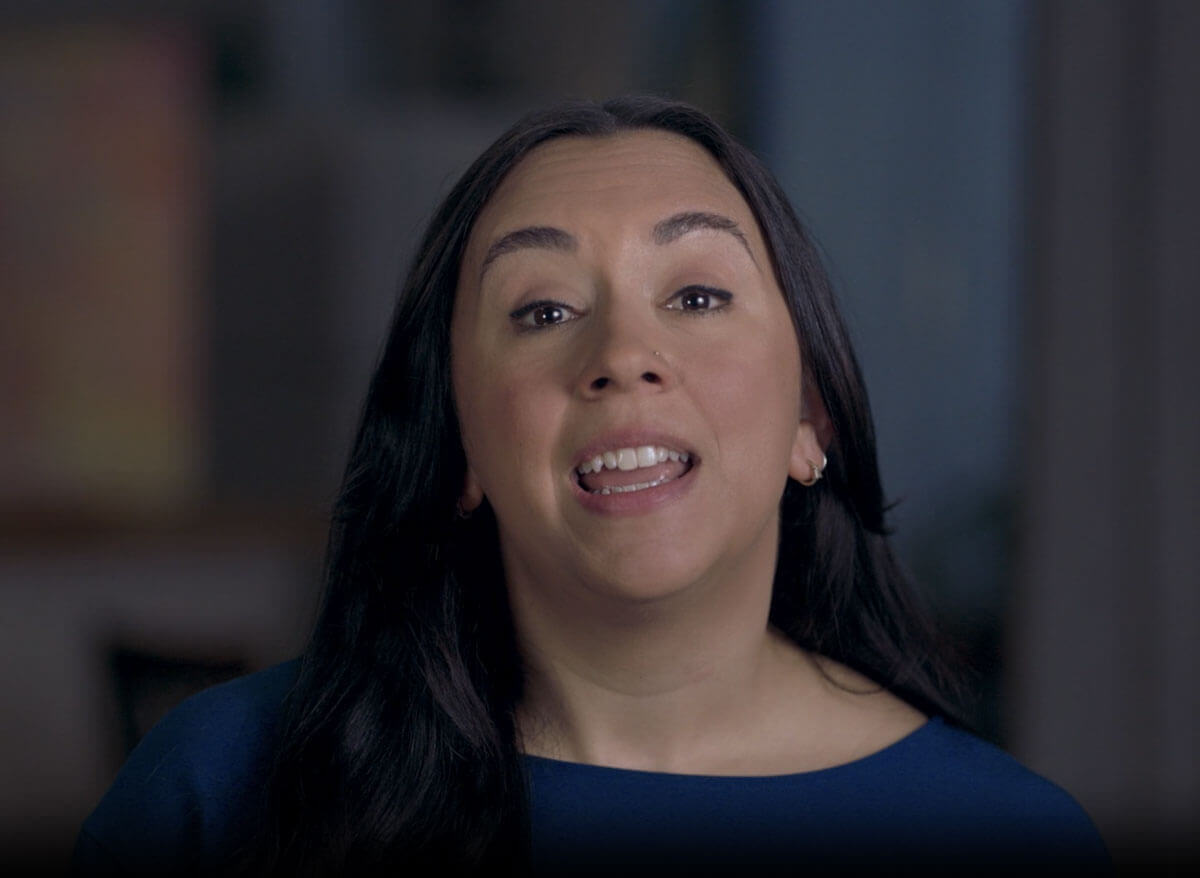Explore treatments

 Types of treatment
Types of treatment
The PTSD Treatment Decision Aid focuses on evidence-based treatments that are proven to work
Treatments in the PTSD Treatment Decision Aid are recommended in the 2023 guideline published by the Department of Veterans Affairs and Department of Defense (VA/DoD).
 Therapy
Therapy
Therapy is a general term for treating mental health issues by talking to a mental health care clinician (like a psychologist or social worker)
Trauma-focused therapy is a more specific term that focuses on the trauma and what it means to you.
Cognitive Processing Therapy
A type of trauma-focused therapy that teaches
you to reframe negative thoughts about the trauma.
Eye Movement Desensitization & Reprocessing
A type of trauma-focused therapy that involves
calling the trauma to mind while paying attention
to a back-and-forth movement or sound (such as
a finger moving side to side, a light, or a tone).
Prolonged Exposure
A type of trauma-focused therapy that teaches
you how to gain control by facing your fears
and talking through the trauma.
Present-Centered Therapy
A type of non-trauma-focused therapy that helps
you learn how to problem-solve and respond to
current life problems related to a trauma.
Written Exposure Therapy
A type of trauma-focused therapy that guides
you through writing about the trauma and your
feelings about it.
 Medications
Medications
Medications can be used to treat the symptoms of various mental health issues, including PTSD
SSRIs/SNRIs
Antidepressants are medications that restore
the balance of chemicals in your brain. Effective
SSRIs/SNRIs for PTSD include sertraline (Zoloft),
paroxetine (Paxil), venlafaxine (Effexor).

Create your treatment plan
By answering a series of questions about your preferences, and comparing treatment options, you can design a plan that is right for you. You will be able to save your plan and use it to talk more about the options with your clinician.
What about other treatments?
There are many other types of treatments for PTSD. Some treatments do not appear to be effective for PTSD. Other treatments have not been studied enough to say with certainty that they work for PTSD.
The PTSD Treatment Decision Aid focuses only on evidence-based treatments because years of research tell us that these treatments offer the best chance of recovery.
What if I have PTSD but do not get treatment?
Sometimes people with PTSD assume their PTSD symptoms will go away with enough time. This might be the case for some people, but not for everyone.
Most people who are going to get better without treatment get better in the first year after a trauma. So, if you have had your symptoms for more than a year, they are likely to continue without treatment.

Treatment FAQs
Want to learn more? Go to the Questions about treatment page
How will my symptoms change after treatment?
After treatment, you can expect that your symptoms will be less intense, or might go away altogether. You will have learned skills to better cope with any remaining symptoms, so that you can get back to living a more enjoyable and meaningful life. This doesn’t mean you will forget what happened to you or that the trauma won’t matter to you anymore. But with successful treatment, the memory of the trauma will no longer disrupt your life as much.
How will I know if treatment is helping?
There are several signs treatment is helping. You may have fewer PTSD symptoms. For example, you may sleep better and feel more comfortable around people. You may also notice that you can do and enjoy some of the things that you used to do. Family and friends may start to notice a change in you, too. During treatment, your clinician will keep track of changes in your PTSD symptoms by asking you questions about your symptoms or having you fill out questionnaires. This is another good way to see whether treatment is helping. For some people, symptoms may get a little worse before they get better. This can actually be a sign that treatment is working because you are processing something that has been bothering you. But if things are not improving after a few weeks, you should talk with your clinician.

Are there shorter treatments?
One treatment option is Written Exposure Therapy, which lasts only 5 meetings. Some programs now offer some of the individual talk therapies, such as Cognitive Processing Therapy (CPT) or Prolonged Exposure (PE), in a format that meets 3 to 10 times per week to be able to finish in a matter of weeks instead of months. This allows the treatment to work more quickly than meeting once per week. Some people find that this works better for them because they can get feedback more quickly, have less time to worry ahead of time about sessions, and see benefits more quickly. It can also work well for some people to take time off of work all at once rather than weekly. Studies find that these treatments work as well as meeting weekly, but more people complete treatments, possibly because of the reasons listed above. This format is not offered at every location, so ask a clinician if it may be offered near you.

Can I receive therapy treatment through telehealth (e.g., an online session)?
Yes, all PTSD treatments are available through telehealth. The sessions are very similar but happen by video on your phone, computer, or tablet. Research has shown that these treatments are just as effective by video as in person. Telehealth might be right for you because it can be a more convenient option, especially if you have a long commute or difficulty getting transportation. You will just want to make sure you have a private, quiet place to do the session.

Can PTSD treatment help with other problems too?
Sometimes people have other problems in addition to their PTSD - like depression, substance use, sleep problems, or a history of traumatic brain injury. PTSD treatment often helps with these other problems. For example, Cognitive Processing Therapy (CPT) is a type of psychotherapy that can change the negative styles of thinking that can cause both depression and PTSD. Medications like SSRIs and SNRIs are also effective for both depression and PTSD.
Want to learn more? Go to the Questions about treatment Page

I want to talk about treatments with my mental health clinician. Or I want to find a clinician.
I’m interested in learning more about PTSD symptoms.
I’m not sure if I have PTSD, and would like to use a self-screener.


